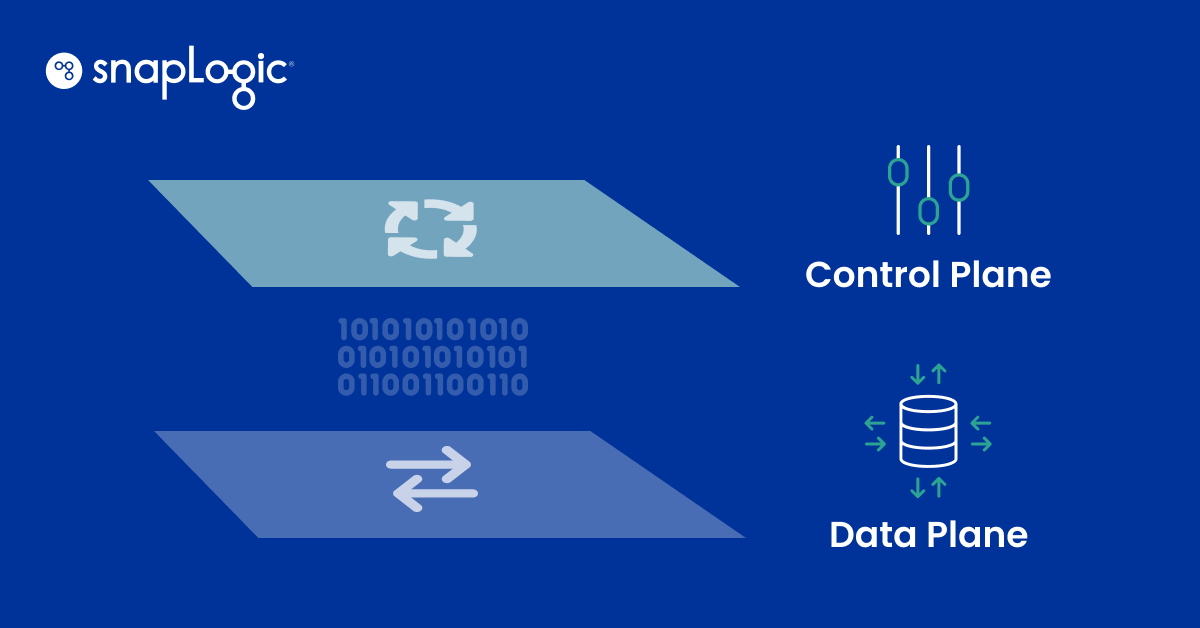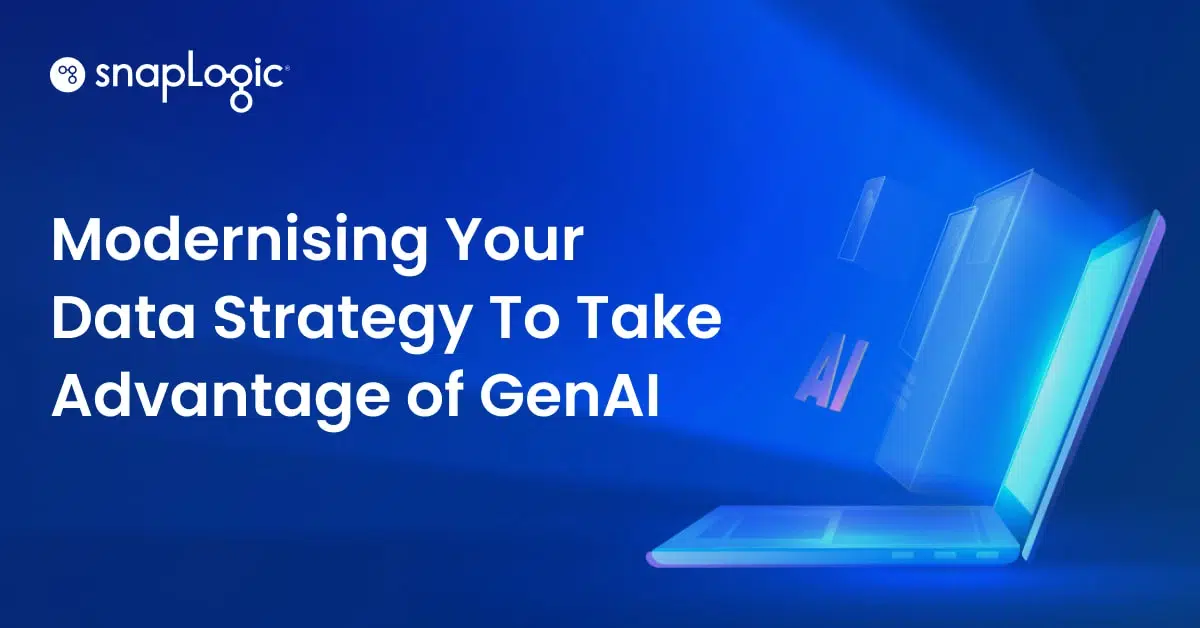Earlier this month, SnapLogic CEO Gaurav Dhillon joined fellow CEOs Zander Lurie of SurveyMonkey and Jager McConnell of Crunchbase at the annual Web Summit conference in Lisbon, Portugal for a lively panel discussion on the opportunities and challenges around data.
The session, “Big Data to Big Insights,” was moderated by Intellyx founder and Forbes contributor Jason Bloomberg. Among the topics discussed: sifting through ever-increasing volumes of data to get to useful and actionable information; separating the AI signal from the noise to drive successful projects; balancing the need to manage machine- versus human-generated data; managing rising volumes of structured, semi-structured, and unstructured data; and where and how entrepreneurs can get started with AI today.
Below are some excerpted highlights. Watch the full video here:
On getting valuable insights from data:
- Gaurav Dhillon: “In business, we’ve found that projects succeed – whether via data science and AI now, or data warehousing in the last century – if you work backwards. Talk to the people who are struggling with the data. Talk to the person trying to do pricing, or compensation, or customer retention. What are the challenges they face and then build your data strategy backwards.”
On realistic expectations for what AI can do today:
- Gaurav Dhillon: “We should continue to have a vision for broad AI. I’m not talking flying cars, but ‘I hope someone does my taxes like AI does my taxes.’ But narrow AI is being very successful in business. We’re finding people can do an amazing job of improving technology, getting beyond business intelligence, and we may not even fully understand how it works – like facial recognition on your phone – but it works, so why can’t we have those kinds of things in business projects.”
- Zander Lurie: “AI done well – whether in music, or how Gmail is helping to predict what answer you might want to provide – AI done well is super helpful. AI done poorly is really creepy and sucks.”
- Jager McConnell: “Crunchbase tracks funding, and in the last year about 3,000 companies have been funded in the AI space with over $80 billion, so there’s a lot of dollars going into this which means for consumers of AI stuff there’s a lot of fluff, there’s a lot of stuff that just isn’t baked yet, with a lot of promises of what it can do and not really reality yet, so I am way on the skeptical side.”
On managing machine-generated vs human-generated data:
- Gaurav: “If you’re running a business that is coping with data at scale, it doesn’t matter what the source is. At-scale data requires a certain kind of hydraulics to manage it, to do it right with the right kind of technologies, technologists, and tooling to make it happen. It’s looking for the good things and the bad actors but fundamentally you start to apply the same kind of lenses and optician-like tools on it.”
- Zander: If you want scale, you need the machinery, the people, the systems. That’s not a gut decision, you need to build to scale. But if you really want to excel, you have to layer on the right emotional intelligence and human interaction, because customers are humans, they want to be treated like humans, and thankfully machines and robots can’t treat us the way a caring and empathetic person who understands you can.”
On managing high data volume and different data types, whether structured, semi-structured, or unstructured:
- Gaurav: “If you can afford to store it, store it. The cost of storage is plummeting all the time. We may not have the algorithms or the AI worked out yet to create a signal from that noise. But store all you can because the software will catch up, the AI will catch up, some of that $80 billion in funding is going to find the Larry and Sergey of the next generation.”
On where and how should entrepreneurs get started with AI?
- Gaurav: “I’m very excited about the field of radiology, using AI to detect things early is a killer app. Right now, MRIs, x-rays, and mammograms are so inefficient and prone to error that I think things like that, where we can apply AI into repetitive problems that involve dense processing, could be excellent uses of AI and would be fantastic places to go.”
On the data value hierarchy – from knowledge, to understanding, to wisdom – and where our priorities should be:
- Gaurav: “Having wisdom is an act of will. It takes management willpower to get wisdom about something. Everybody has the same technologies – some have the will to use it and some don’t. It’s data, and then knowledge, but wisdom is still a human condition, it takes management insight and management will to make it happen.”
- Zander: “Management is not complex, it’s just hard. My advice is: use data to better serve the people you are duty-bound to serve – your employees, your customers. Help get that data so you can gather the insights you need to be a better person in business. Patents and exclusive contracts will not be moats around your business in the 21st century. It’s going to be your ability to deliver products with better services.”
Looking for more information on AI and data? Watch the full video, “Web Summit: Big data and big insights,” or read the SnapLogic blog.










